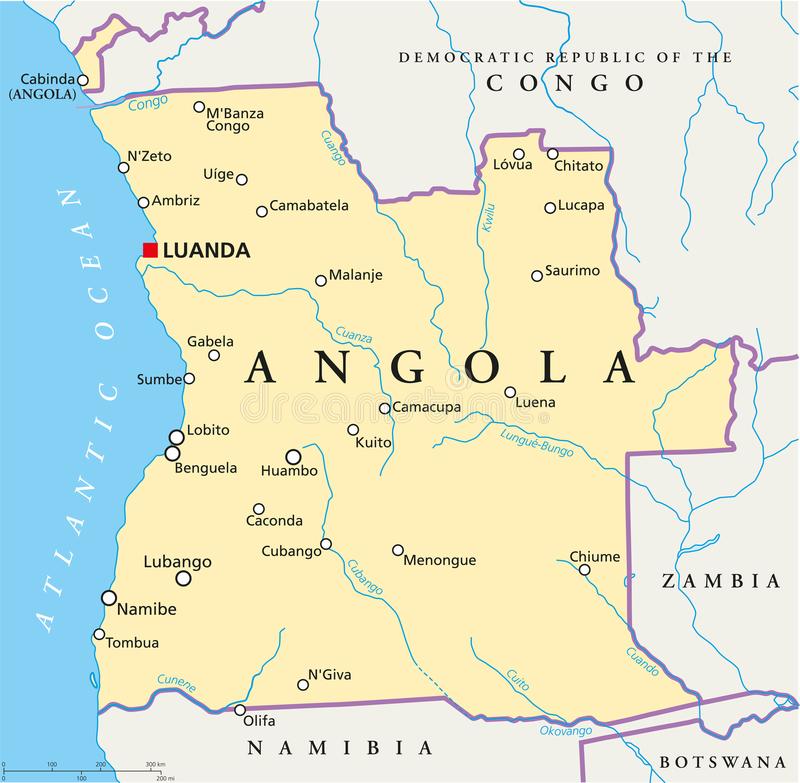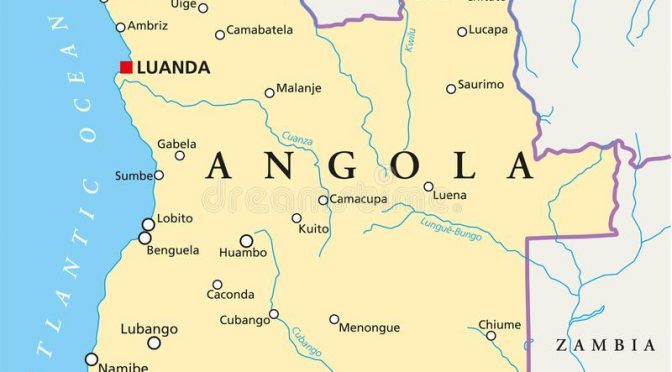Angola, a country located in Southern Africa, has been making significant strides in its energy sector, particularly in the exploration and development of renewable energy resources. The nation is endowed with abundant natural resources, including solar, wind, and hydro power, which have the potential to transform its energy landscape and contribute to sustainable development. However, Angola also faces several challenges in harnessing these resources, including a lack of investment, inadequate infrastructure, and a need for capacity building.
Solar energy is one of the most promising renewable energy sources in Angola, given the country’s high solar irradiation levels. According to the World Bank, Angola receives an average of 5.4 kWh/m2/day of solar energy, which is higher than many other African countries. This presents a significant opportunity for the country to tap into this abundant resource and diversify its energy mix. In recent years, the Angolan government has been making efforts to promote solar energy, with several pilot projects being implemented across the country. For instance, the government has installed solar panels in rural areas to provide electricity to schools, health centers, and other public facilities. Additionally, private companies have also started investing in solar energy projects, with some even offering solar home systems to households in remote areas.
Wind energy is another renewable energy source with considerable potential in Angola. The country’s coastal regions, particularly in the south, have been identified as having suitable wind conditions for power generation. In 2014, Angola’s first wind farm, the Morro do Ouro Wind Farm, was inaugurated in the southern province of Namibe. With an installed capacity of 50 MW, the wind farm is expected to generate enough electricity to power more than 30,000 homes. This project has demonstrated the feasibility of wind energy in Angola and has paved the way for further investments in this sector.
Hydro power is perhaps the most well-known renewable energy source in Angola, with the country already boasting several large-scale hydroelectric projects. The Laúca Hydroelectric Plant, for example, is one of the largest in Africa, with an installed capacity of 2,070 MW. Angola’s numerous rivers and high rainfall levels make it an ideal location for hydro power development. The government has identified several new sites for potential hydroelectric projects, which could significantly increase the country’s renewable energy capacity.
Despite the vast potential of renewable energy in Angola, there are several challenges that need to be addressed in order to fully harness these resources. One of the main challenges is the lack of investment in the sector, particularly from the private sector. While the government has made some efforts to attract investment, more needs to be done to create a conducive environment for investors. This includes implementing clear and transparent regulations, as well as offering incentives for renewable energy projects.
Another challenge is the inadequate infrastructure in the country, particularly in rural areas. Many remote regions lack access to the national grid, making it difficult to distribute electricity generated from renewable energy sources. To overcome this, the government and private sector need to invest in expanding and upgrading the country’s transmission and distribution networks.

Lastly, there is a need for capacity building in the renewable energy sector. Angola lacks skilled professionals in this field, which hampers the development and implementation of renewable energy projects. To address this, the government should invest in education and training programs to develop local expertise in renewable energy technologies.
In conclusion, Angola has immense potential to develop its renewable energy sector, particularly in solar, wind, and hydro power. By addressing the challenges of investment, infrastructure, and capacity building, the country can harness these resources to diversify its energy mix, promote sustainable development, and improve the lives of its citizens.


